Electric Radiators – All You Need to Know


Not all homes have access to mains gas – there are plenty of properties up and down the UK that have to keep warm by other means, either because they’re out on a limb or in an isolated part of the country. While LPG and oil boilers are common solutions, it can leave you at the mercy of your supplier, so what’s the best alternative? Of the 2.2 million households in Great Britain that use electric heating, more and more are turning to electric radiators as the answer, but despite that fact, misconceptions about ‘going electric’ still unfortunately persist. Don’t get trapped in a cycle of conflicting opinions – this guide will provide you with everything you need to know about electric radiators and bust some myths in the process.
How do electric radiators work?
Electric radiators are just like central heating radiators except they don’t rely on a network of plumbing to deliver heat. They’re standalone units filled with either thermal fluid or dry elements which heat up and transfer warmth to the surrounding air. Around two thirds of the heat produced by electric radiators is created through convection (i.e. the movement of warm air) and the final third is given off as radiant heat.
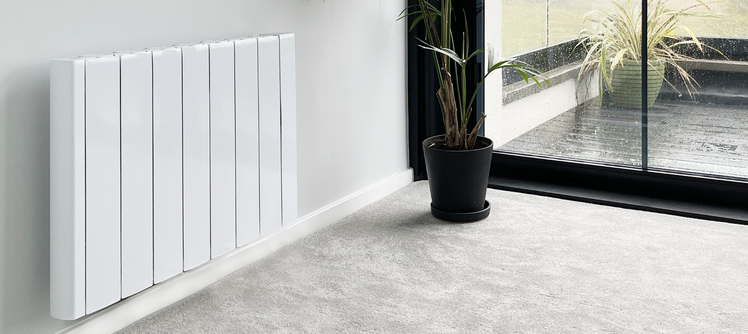

There are lots of other forms of electric heating available for purchase, however, they do differ from electric radiators in key areas and it’s important not to get them confused. Here are three of the most common alternatives:
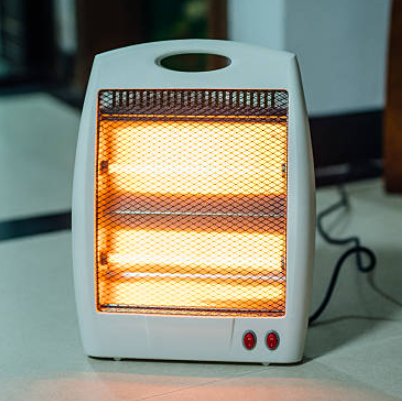

Fan heaters use an exposed wire element to heat up the air, which is then blown out into the room.
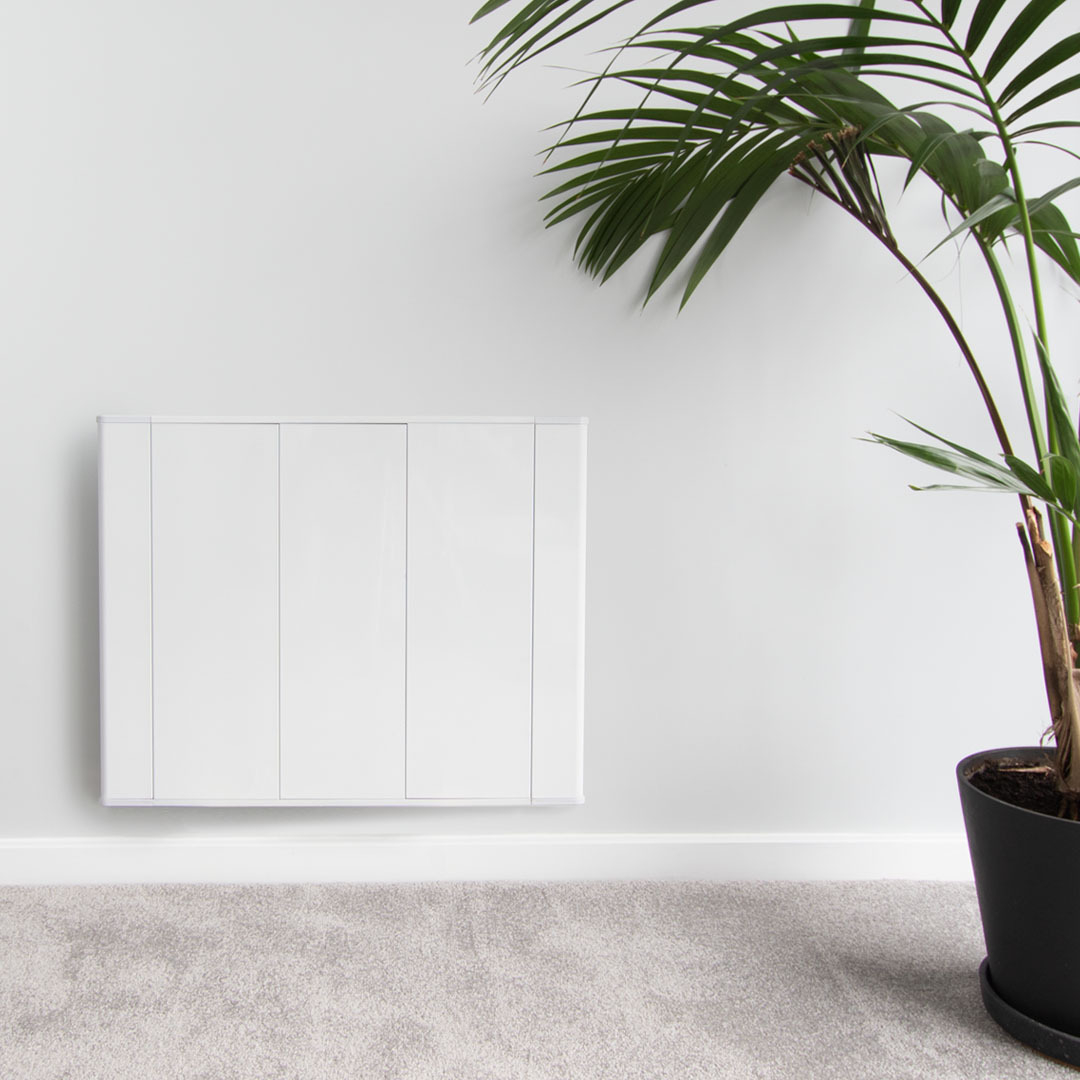

Convection heaters also use an exposed wire element to heat the air, however, they have no moving parts and rely on the natural rising and falling of warm air to distribute heat.


Infrared heaters or radiant panels use radiation (infrared heat) to emit warmth. This method relies on heating walls, surfaces and people directly rather than air volume.
Though all of these products produce heat in different ways, you might be surprised to learn that all electric heating systems are 100% efficient at point of use: this is because all of the electricity drawn from the wall is converted into effective warmth.
Looking at it this way, it’s easy to assume that it’s a level playing field for all electric heaters but that’s not quite the case – their controllability also plays a large factor in how efficiently they operate.
Electric radiators stand out from the crowd by offering digital weekly programming and precision thermostats so you can accurately manage your energy usage and slim down your heating bills. Some systems also come with WiFi control so you can manage all of your heaters from a single point of use, such as a smartphone or tablet. Using a heating app on your phone also gives you access to features such as energy usage statistics to help you keep an eye on your habits and identify further ways you can save money.
Making the move to electric heating
As renewable energy becomes more common, electric is becoming the clear choice for a sustainable future. Unlike gas boilers, there’s no inefficient combustion and no harmful emissions – just efficient and controllable warmth with no ongoing maintenance costs.
In comparison, central heating is notoriously temperamental, seemingly breaking down at exactly the wrong time. Sadly, its biggest strength is also its greatest weakness: by relying on a single source of heat to provide warmth to every radiator, the whole system grinds to a halt as soon as the boiler stops working.
Electric radiators don’t have this issue:


Heat on a room-by-room basis
Modular units that can be installed and replaced individually


Customisable programming
Create bespoke schedules and tailor temperature levels for every space in your home.


Easy to install
Simply plug them into the nearest 3-pin socket and you’re ready to go!
Before you make the move to electric radiators, it’s worth weighing up the pros and cons of other electric heating systems to make sure you’re finding the right solution for your property.
Alternatives to electric radiators
Storage heaters
Storage heaters are another popular heating solution which can capitalise on the cheaper night-time rates of economy electric tariffs. If used correctly, they can be a wonderfully cost-effective solution, but their limited controls, unresponsive heat and bulky appearance isn’t for everyone. As storage heaters are designed to slowly release heat during the day, they tend to be at odds with most modern lifestyles because people will normally be away from their properties during working hours. In contrast, electric radiators offer precision control and in-depth programming facilities, so while they may not be able to use cheaper night-time rates, you can still save money by accurately managing your system.
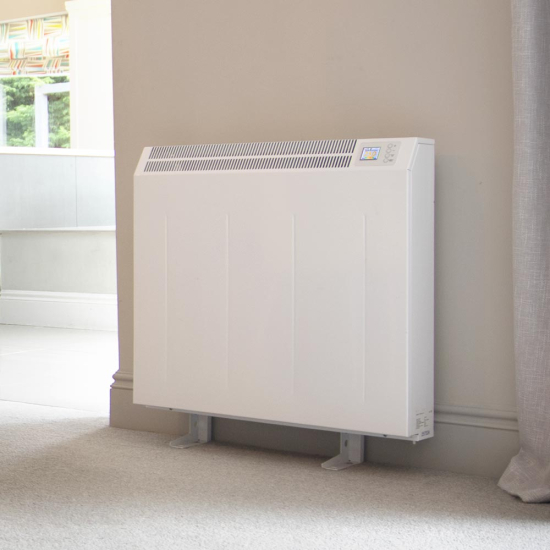

Infrared panels
Infrared panels are a fairly new alternative which sport ultra-slim designs, but as they require a line of sight to be most effective, they need a more considered approach when it comes to placement. These heaters use radiant heat only and create a more uniform warmth from floor to ceiling, however, they do take longer to get to temperature because of their gentler heating style. You may still prefer electric radiators as an option if you want responsive warmth because they quickly warm the surrounding air, and the additional benefit to this is that they can be placed almost anywhere to effectively heat your space.
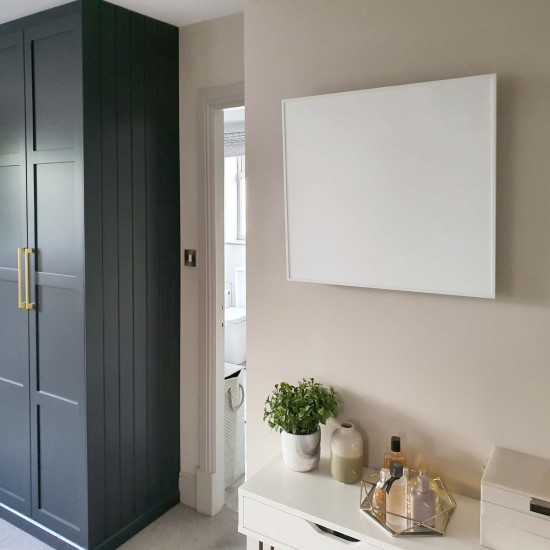

Electric radiators - what you should look for
The first thing you should consider when looking for an electric radiator is whether it has the right wattage to heat your space. Larger rooms will need higher wattage products or multiple heaters to ensure they’re adequately warmed. We always recommend rounding up to the next nearest wattage when choosing an electric radiator to avoid purchasing a product that may be underpowered for your room size. There’s no harm in purchasing a slightly more powerful radiator – all this means is that the heater will switch off more often once your room is comfortably heated. An underpowered radiator, on the other hand, will struggle to heat your spaces and waste more energy in the process.
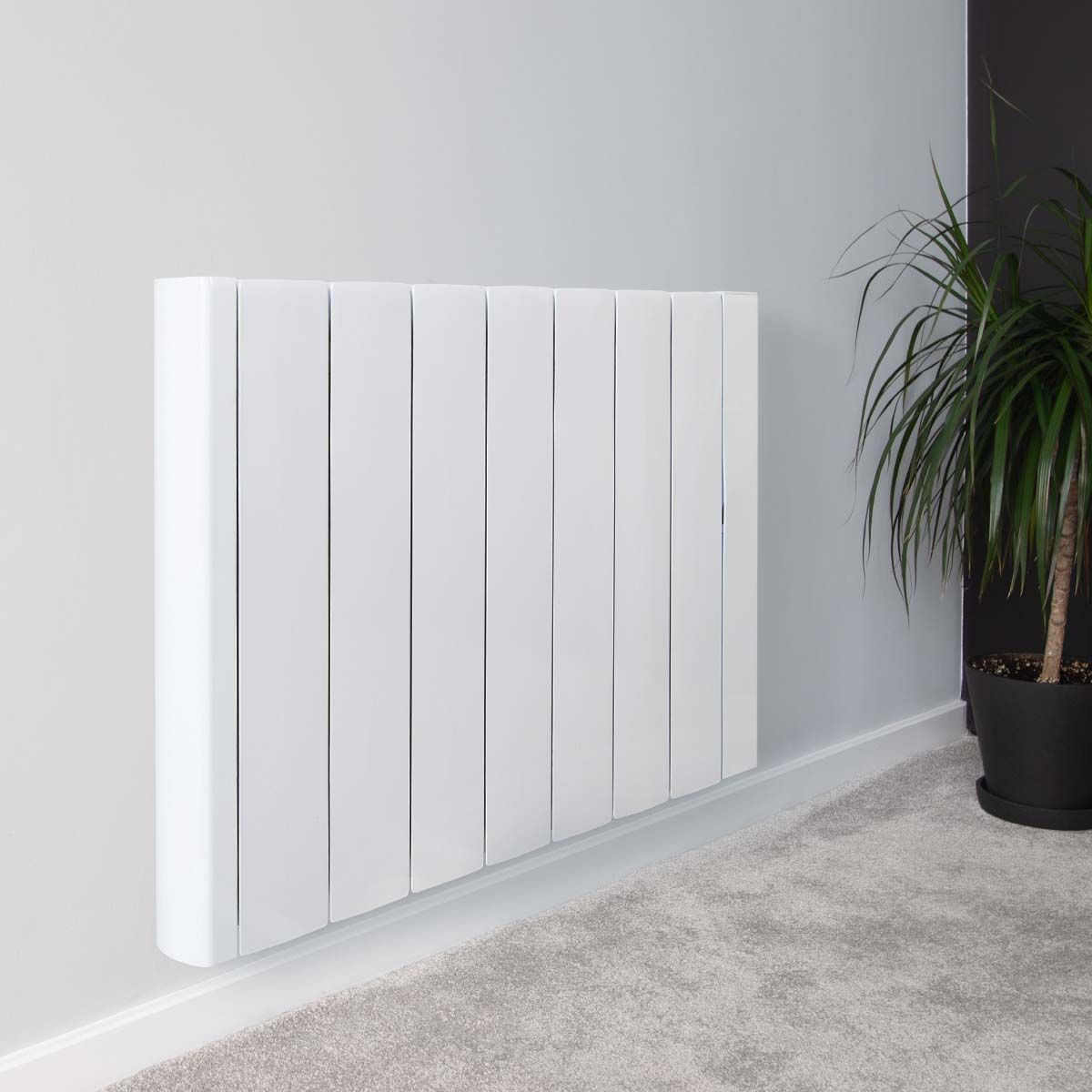

Oil-free radiators use dry thermal elements, which are quick to heat but quick to cool.
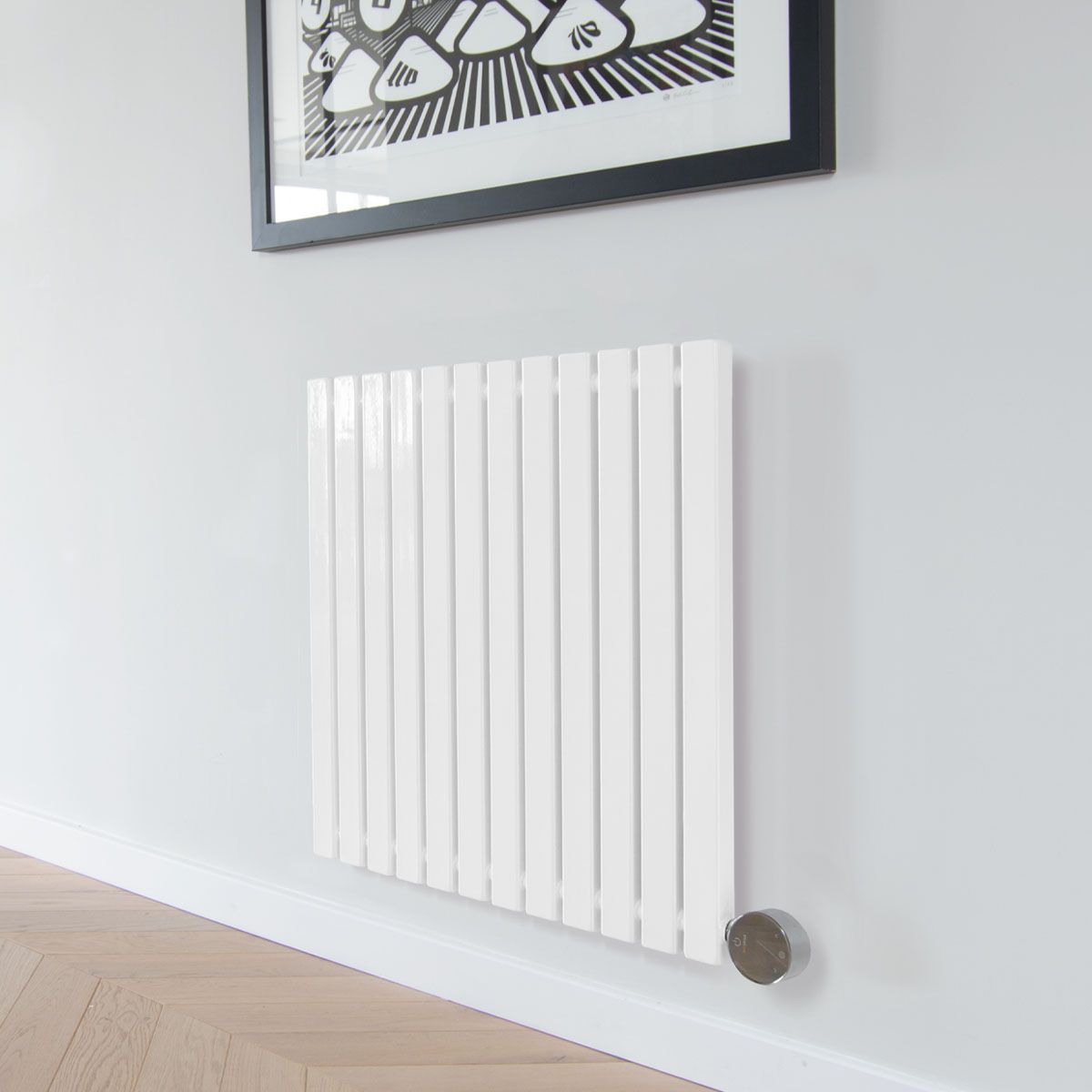

Oil-filled electric radiators retain heat for longer but are slower to respond to changes.
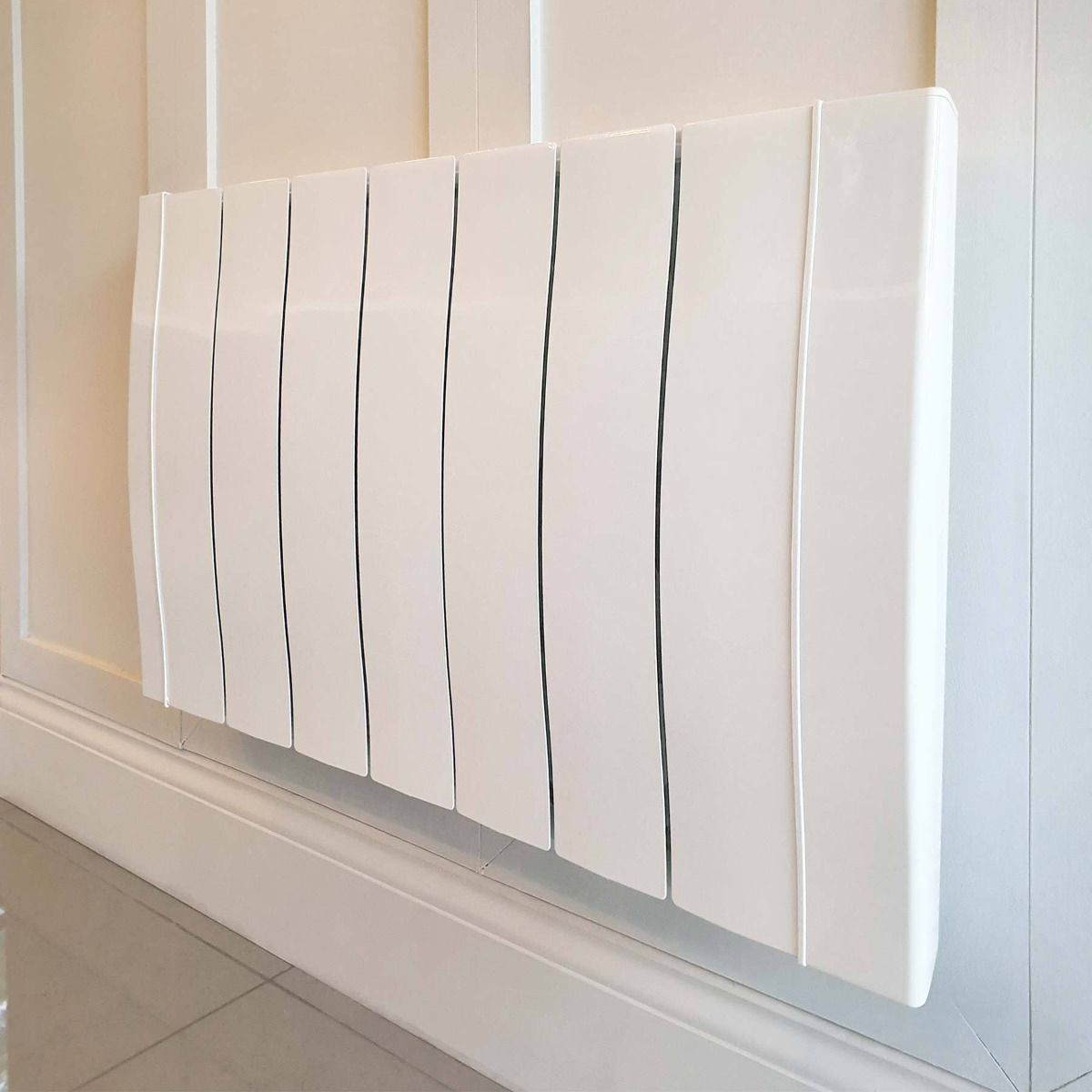

With all fixtures and fittings included, many radiators can be mounted to the wall.
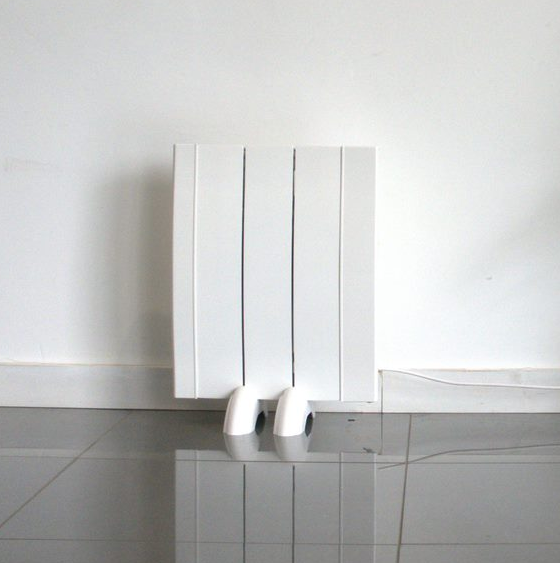

Others can be portable when purchased with accessories so you’re free to choose the installation method you prefer.
If you’re considering fitting electric radiators en masse, we recommend consulting an electrician first to ensure they won’t overload the ring main of your property. A professional will be able to conduct a quick assessment and provide you with guidance when it comes to fitting your units.
Our site has a handy electric radiator calculator to help you find the right wattage for your rooms. Just input a few simple details about your room dimensions and your property and we can point you in the right direction.
Electric radiator running costs explained
With any heating system, it’s not just the unit price of the heater you need to consider but also any installation costs, running costs, and potential ongoing maintenance. Two of the main benefits of electric radiators are that they don’t require annual checks and most can be installed DIY so you’re already saving money from the start!
If you compare gas and electric tariffs, it’s easy to get caught up in the unit price, but don’t be deterred – electric heating offers a level of control far beyond central heating, making it just as economical.
Running costs for any heating system will vary from property to property because of the number of variables at play, but the key points to bear in mind are your thermostat, insulation, property location and your current energy tariff.
Thermostats and programming
The mechanical thermostats often used with central heating systems use two pieces of metal which expand and contract in the heat to switch your home heating on and off. Needless to say, this isn’t exactly a fancy bit of kit: mechanical thermostats can be as inaccurate as 3 °C, causing your system to overheat your space and waste energy in the process. The digital thermostats in electric radiators are far more precise in comparison and are, at most, only a fraction of a degree out when it comes to reading your room temperature.
Using the RC Wave as an example, electric radiators are able to monitor temperatures within a ± 0.2 °C level of accuracy, ensuring that you’re using the bare minimum amount of energy to keep your spaces comfortably warm. An accurate thermostat means that your system will switch on less often in order to maintain your temperatures, and with good insulation, this means your heaters will only be drawing power ⅓ of the time. When combined with full 24/7 programming, electric radiators provide total control over your energy usage, trimming down your heating bills in the process.
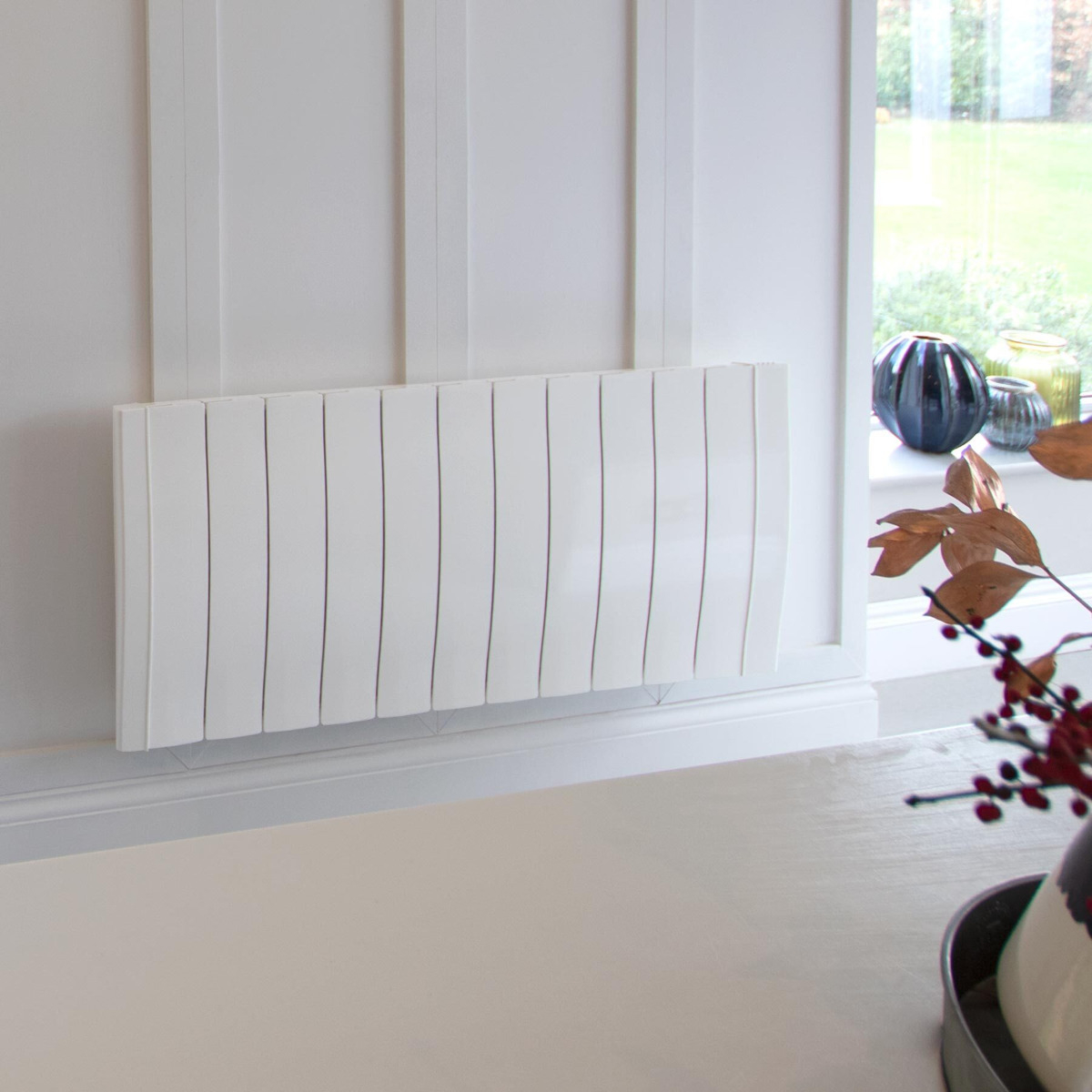

Insulation and property location
Insulation is a crucial part to any heating system: even the most efficient products will waste energy if your property loses heat too quickly. Small investments to your home can help to improve thermal retention, whether it’s by adding draught excluders or loft insulation, so it’s certainly worth considering them as a long-term way to slim down your energy bills. This is especially important for properties that are exposed to the elements – with no surrounding buildings to act as a windbreak or to provide residual heat, it’s even more important to ensure your home is as thermally retentive as possible.
Electrical tariffs
Tariff switching is another essential part of keeping your electric heating running costs low. Gone are the days of supplier loyalty – tariff hopping is such a ubiquitous part of home heating in today’s world that there’s a profusion of comparison sites online and some high-end products are even being designed to switch automatically to ensure you’re always on the best deal. It’s always worth shopping around to see what tariffs are available because rates are constantly changing and even a penny can make all the difference.
Purchase costs for electric radiators can vary but you’ll find that even the more affordable ranges still come with designer styling to complement your rooms. Prices span from around £200 for a good quality model but can reach £999 and higher for more luxuriantly styled appliances. The price ranges for our electric radiators can be seen in the table below:
Our electric radiator costs
|
Electric Radiator Model |
Range in kW | Price Range |
|
Haverland RC Wave |
0.45 - 1.7 | £209.99 - £429.99 |
|
Haverland SmartWave |
0.45 - 1.7 | £329.99 - £549.99 |
|
Haverland Designer TT |
0.5 - 1.5 | £248.40 - £427.20 |
|
Ecostrad Ecowärme |
0.5 - 2.0 | £349.99- £559.99 |
|
Ecostrad iQ Ceramic |
0.5 - 2.0 | £229.99 - £519.99 |
|
Ecostrad Adesso iQ |
0.3 - 1.2 | £289.99 - £539.99 |
|
Terma Tune E |
0.4 - 1.2 | £499.99 - £1059.99 |
|
Terma Triga E |
0.4 - 1.2 | £615.60 - £1142.40 |
*Prices correct as of May 2022
As all electric radiators are 100% efficient at point of use, they’re even more cost effective and environmentally-friendly when paired with a green tariff or home generated energy. With an increased amount of energy being generated through renewables, this means electric heating is the only system futureproofed for an eco-conscious world.
Finding the right electric radiator for your space
If you’re interested in the reliable warmth and precision control that electric radiators can provide, contact us on 0330 300 4444 and we can create a free, no obligation quote tailored to your exact property dimensions. Our dedicated team are always on hand to guide you to the right products so you can start enjoying the benefits of electric radiators as quickly as possible. Alternatively, view our full range of electric radiators today.





